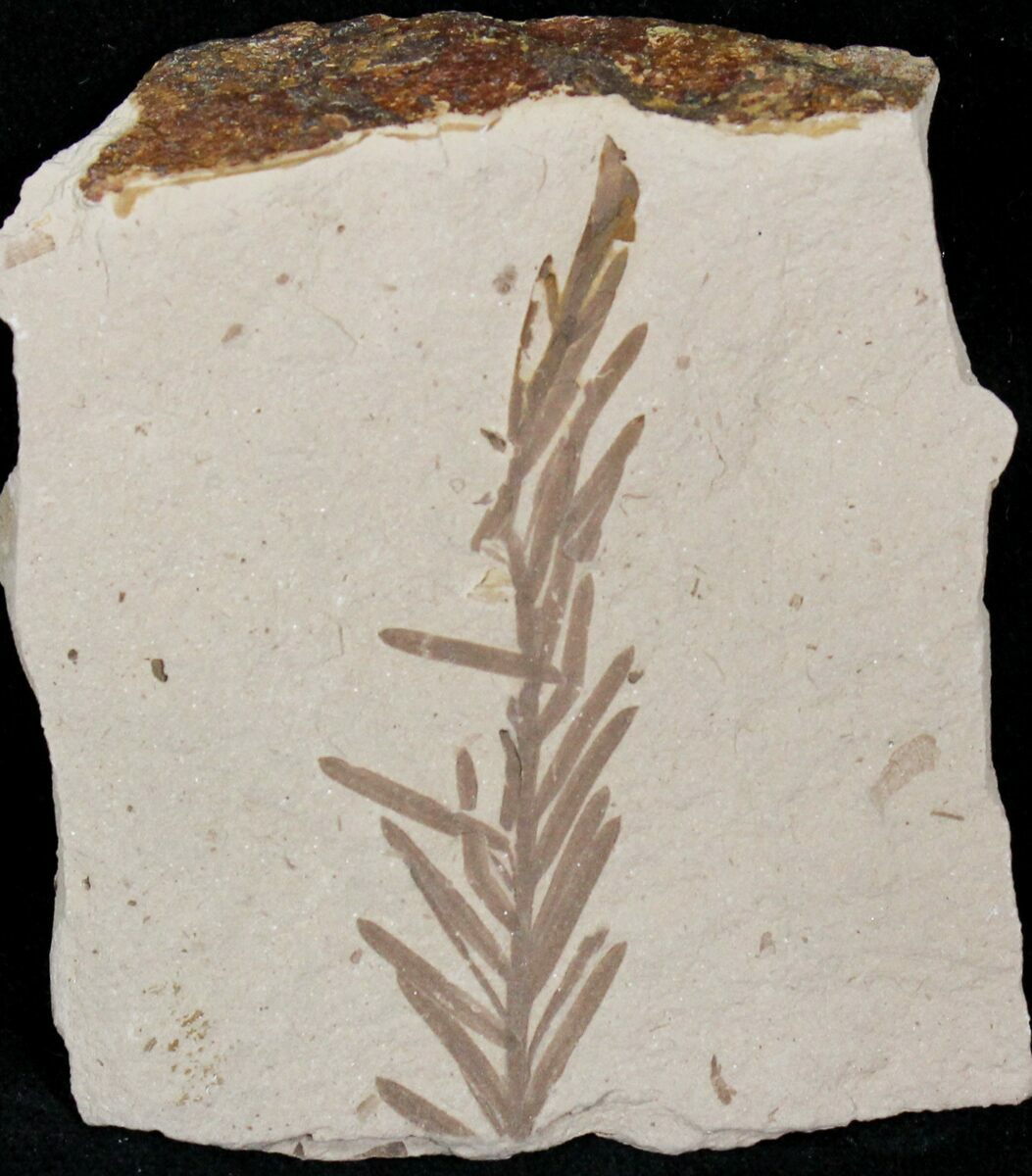

The living species Metasequoia glyptostroboides is native to Lichuan county in Hubei province, China. Although the shortest of the redwoods, it grows to at least 165 feet (50 meters) in height. Local villagers refer to the original tree from which most others derive as Shuǐshān (水杉), or "water fir", which is part of a local shrine. Since its rediscovery in 1944, the dawn redwood has become a popular ornamental, with examples found in various parks in a variety of countries. Together with Sequoia sempervirens (coast redwood) and Sequoiadendron giganteum (giant sequoia) of California, Metasequoia is classified in the Cupressaceae subfamily Sequoioideae. M. glyptostroboides is the only living species in its genus, but three fossil species are known. 4 Metasequoia in gardens, parks and streets.Sequoioideae and several other genera have been transferred from the former family Taxodiaceae to Cupressaceae based on DNA analysis. Metasequoia redwood fossils are known from many areas in the Northern Hemisphere more than 20 fossil species have been named (some were even identified as the genus Sequoia), but are considered as just three species, M. foxii, M. milleri, and M. occidentalis. 81 mm in width, with a petiolate base, a distinct mid-vein, and an acute to obtuse tip. occidentalis is only known from compression fossils the ray size is unknown. The group is composed of 3263 seeds, 1850 seedlings in various stages of development, the in situ trunk.

From our measurements in Metasequoia we found a minimum Vd ratio of 80: 1 at. The leaves are ovate to linear in shape, ranging from 625 mm in length and. Pinophyta: Metasequoia occidentalis (Cornell U. Witkowski, Caitlyn, 'Mimicking Early Stages Of Diagenesis In Modern Metasequoia Leaves Implications For Plant Fossil Lagerstätten' (2014). Metasequoia foxii was described from a selection of 10,147 fossils. The largest for mature wood was 143: 1 for Sequoia sempervirens. The foliage consists of branchlets with oppositely arranged leaves. olgensis) - olganlehtikuusi Larix sibirica (Larix archangelica, Larix sukaczevii) - siperianlehtikuusi Metasequoia glyptostroboides - kiinanpunapuu Microbiota decussata - tuivio Picea abies - (metsä)kuusi Picea abies f. The pollen-bearing cones are small, globose to ovoid, 1–4 mm long and 0.5–4 mm wide.Fossils are known from the Cenomanian onwards. Like living Metasequoia and similar to M. Larix occidentalis - lännenlehtikuusi Larix olgensis (Larix gmelinii var. The seeds have two wings, are ovoid to cordate in shape, and are up 4–5 mm long and 3 mm wide. The mature seed-bearing cones are small and near globose to ovoid in shape, 15–30 mm long and 10–20 mm wide, with decussately arranged triangular scales. 8–1 mm in width, with a petiolate base, a distinct mid-vein, and an acute to obtuse tip. The leaves are ovate to linear in shape, ranging from 6–25 mm in length and. Like living Metasequoia and similar to M. In 1948, when the announcement of the living Metasequoia trees was discovered in China, paleobotanist Wan-Chun Cheng and Hsen-Hsu Hu proposed several new fossil combinations involving species previously referred to Sequoia, including Seqouia heerii that was later changed to Metasequoia heerii. Based on features of the specimens he collected he had established it as Sequoia heerii a new species. From several mass occurrences of organs of this fossil-species it has been repeatedly demonstrated that this conifer exhibits. heerii was initially discovered in Sage Creek, Montana in 1872 by a French paleobotanist named Leo Lesquereux. Metasequoia occidentalis is a widespread fossil-taxon that is known from the Arctic zones as well as from temperate areas in North America and Asia ranging from the Late Cretaceous to the Eocene (Liu and Basinger, 2009).

Once discovered it allowed for many Sequoia to be reviewed. Metasequoia, or dawn redwoods, is a genus of fast-growing deciduous trees, one of three species of conifers known as redwoods. The exact size of the pieces varies, but most of the pieces are 2 to 2 1/2' across. Each of these detailed fossils is on a thin piece of tan colored shale. It wasn't until 1942 when living Metasequoia trees ( Metasequoia glyptostroboides) were discovered and documented in a remote area of China. These are fossil Dawn Redwood (Metasequoia occidentalis) branches from the Muddy Creek Formation of Beaverhead County, Montana. Many fossilized Metasequoia-like remains were noted in Europe and North America as long ago as the 1800s but were assigned to a variety of other genera such as Sequoia (redwoods) and Taxodium ( bald cypresses). Metasequoia occidentalis is an extinct redwood species of the family Cupressaceae that is found as fossils throughout the Northern Hemisphere. Metasequoia heerii reconstruction illustration illustration by G.


 0 kommentar(er)
0 kommentar(er)
